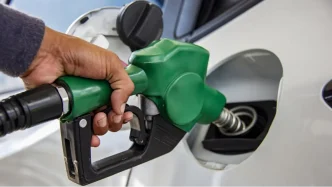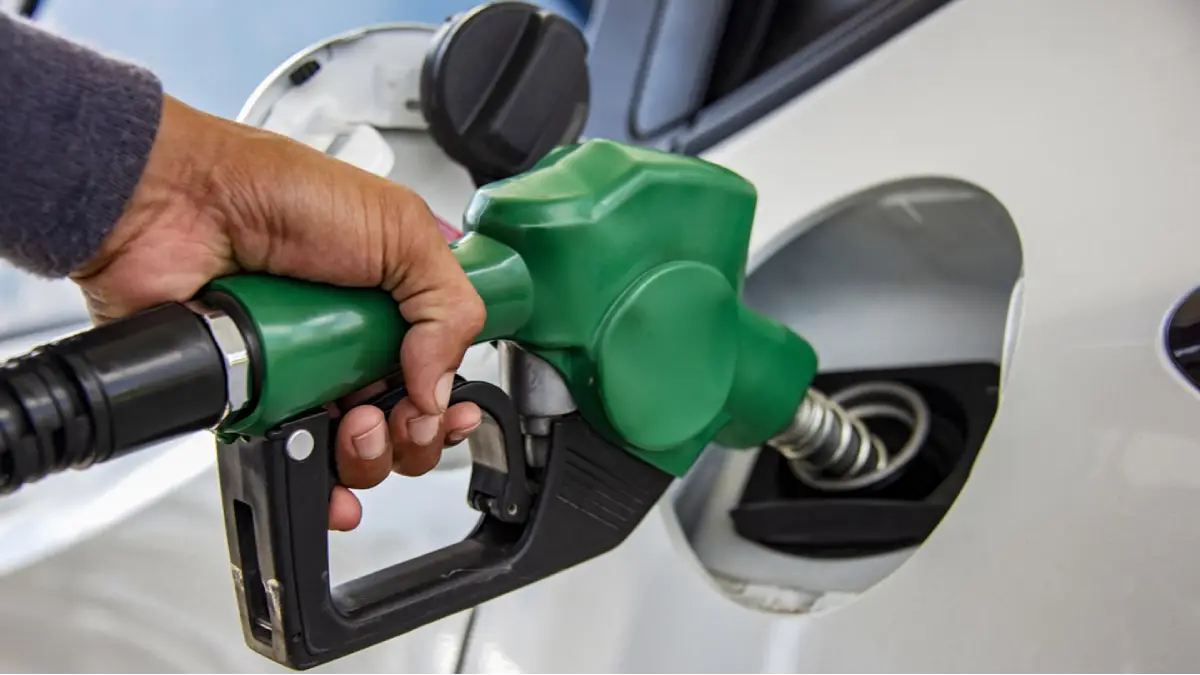As the Philippines grapples with the devastating aftermath of intense monsoon rains and tropical cyclones, over six million Filipinos are struggling to recover from widespread flooding. Amid this crisis, several oil companies have announced fuel price increases starting Tuesday, July 29, 2025, though some have opted to freeze prices in the hardest-hit areas, offering a small reprieve to communities already stretched thin. The agricultural sector, a backbone of the nation’s economy, has reported staggering losses, further compounding the challenges of recovery.
Fuel Price Hikes Add to Economic Strain
Starting Tuesday, the cost of gasoline across much of the Philippines will rise by 10 centavos per liter, diesel by 60 centavos, and kerosene by 40 centavos. This adjustment comes at a particularly difficult time, as millions of Filipinos are still rebuilding their lives after floods triggered by the southwest monsoon, known locally as “Habagat” and successive tropical cyclones. The price hikes threaten to increase transportation and living costs, critical concerns for a population reliant on fuel for daily needs and recovery efforts.
However, some oil companies have taken steps to mitigate the impact in selected regions. Seaoil, Petron, and Jetti Petroleum issued separate statements on Monday, confirming that they will not implement the price increases in certain provinces of Luzon and the Visayas. Jetti Petroleum, for instance, will maintain current fuel prices in areas including Metro Manila, Cavite, Rizal, Bulacan, Pangasinan, Pampanga, Bataan, Oriental Mindoro, and Negros Occidental. Petron has deferred hikes in La Union, Ilocos Sur, Pampanga, and parts of Pangasinan, while Seaoil has excluded Regions 1 and 2 from the adjustments.
While these exemptions provide temporary relief, the broader price increase is likely to exacerbate economic pressures for many Filipinos outside these zones. Fuel costs directly influence the price of goods and services, particularly in rural areas where transportation networks are vital for distributing food and supplies. With recovery efforts already straining local budgets, the timing of these hikes raises questions about the government’s ability to shield vulnerable populations from further hardship.
Agricultural Sector Reels from Flood Damage
The floods have not only displaced communities but also dealt a severe blow to the Philippines’ agricultural sector. The Department of Agriculture (DA) reported on Monday that damages have soared to 2.34 billion Philippine Pesos (~US$41.5 million), a sharp 27.17 percent rise from the 1.84 billion pesos (~US$32.7 million) recorded just two days earlier on July 27. This escalating toll underscores the destructive power of the combined monsoon and cyclone events.
The impact spans multiple regions, affecting 74,895 farmers and fishers across the Cordillera, Ilocos, Cagayan Valley, Central Luzon, Calabarzon (Cavite, Laguna, Batangas, Rizal, and Quezon), Mimaropa (Mindoro, Marinduque, Romblon, and Palawan), Bicol, Western Visayas, Central Visayas, Zamboanga Peninsula, Northern Mindanao, Davao Region, Soccksargen, and the National Capital Region. Rice, a staple crop, accounts for the largest share of losses at 54.49 percent, or 1.27 billion pesos (~US$22.5 million). Other affected sectors include corn, cassava, high-value crops, fisheries, livestock, poultry, and agricultural infrastructure.
The DA has warned that these figures may climb further as assessments continue in the affected regions. The destruction of farmlands and infrastructure not only threatens food security but also jeopardizes the livelihoods of thousands of rural families. Agriculture remains a critical driver of the Philippine economy, employing a significant portion of the workforce and contributing to both domestic consumption and export markets.
Government Response and Recovery Efforts
In response to the mounting agricultural crisis, the DA has mobilized resources to support recovery. The department has prepositioned 653.01 million pesos (~US$11.6 million) worth of agricultural inputs, including seeds, seedlings, and pesticides, for distribution through regional field offices. These measures aim to accelerate the rehabilitation of farmlands and help farmers replant crops lost to the floods.
Despite the scale of destruction, there is cautious optimism from government officials about food price stability. Last week, Agriculture Assistant Secretary Arnel de Mesa indicated that the department does not expect a significant surge in the prices of food items, including vegetables, in the immediate term. However, with ongoing assessments likely to reveal additional losses, this projection may be tested in the coming weeks.
The fuel price freeze in select areas also reflects a broader effort by private companies to align with government appeals for restraint during national emergencies. In past crises, the Philippine government has urged oil firms to delay price adjustments in disaster-stricken regions, recognizing the cascading effects of fuel costs on recovery. While the current exemptions are a step in the right direction, they cover only a fraction of the affected population, leaving many to bear the brunt of the hikes.
Broader Economic Implications
The dual challenges of rising fuel costs and agricultural devastation highlight the fragility of the Philippine economy in the face of natural disasters. The country is no stranger to typhoons and monsoons, with its location in the Pacific Ring of Fire making it one of the most disaster-prone nations in the world. Each year, storms and floods disrupt lives, destroy infrastructure, and strain economic resources, often reversing hard-won development gains.
Fuel price increases, even modest ones, can have outsized effects in a nation where many households operate on tight budgets. Transportation costs influence the price of everything from rice to construction materials, both of which are critical to rebuilding flood-damaged communities. For farmers, higher diesel prices mean increased expenses for operating machinery and transporting goods to market, further squeezing already thin margins.
Moreover, the agricultural losses come at a time when global food prices are under pressure due to supply chain disruptions and geopolitical tensions. The Philippines, which imports a significant portion of its rice despite being a major producer, could face additional challenges if domestic production fails to recover swiftly. The DA’s assistance programs are a vital lifeline, but their effectiveness will depend on the speed of distribution and the ability of farmers to access these resources amidst ongoing logistical challenges caused by damaged roads and infrastructure.
Community Resilience Amidst Crisis
Beyond the numbers, the human cost of these overlapping crises is profound. In Metro Manila and surrounding provinces, families wade through flooded streets to salvage belongings, while rural farmers watch helplessly as their crops rot in waterlogged fields. The resilience of Filipino communities is remarkable, often bolstered by local networks of mutual aid and government support, but the scale of this disaster tests even the strongest bonds.
The decision by some oil companies to freeze prices in select areas offers a glimmer of hope, signaling a willingness to prioritize community needs over immediate profits. Yet, for those outside the exempted zones, the rising cost of fuel is a bitter reminder of the uneven burden of recovery. As one resident of a flood-affected barangay in Bulacan remarked on social media, the struggle to afford basic necessities grows harder with each passing day—a sentiment echoed by many across the archipelago.
Looking Ahead: A Long Road to Recovery
As the Philippines navigates the aftermath of the habagat and tropical cyclones, the interplay of fuel price hikes and agricultural losses poses a formidable challenge to economic stability. The government’s efforts to support farmers and stabilize food prices are critical, but their success is far from guaranteed in the face of ongoing assessments that may reveal even greater damage.
Meanwhile, the partial fuel price freeze offers temporary relief to some, but the broader increase underscores the need for systemic solutions to protect vulnerable populations during crises. With climate change intensifying the frequency and severity of natural disasters, the Philippines faces an urgent imperative to build resilience—not just in infrastructure, but in economic policies that shield citizens from the compounding effects of such shocks.
As recovery efforts unfold, the question remains: can the nation balance immediate relief with long-term strategies to safeguard its people and economy from future calamities? The answer will shape the trajectory of millions of lives in the months and years ahead.
















